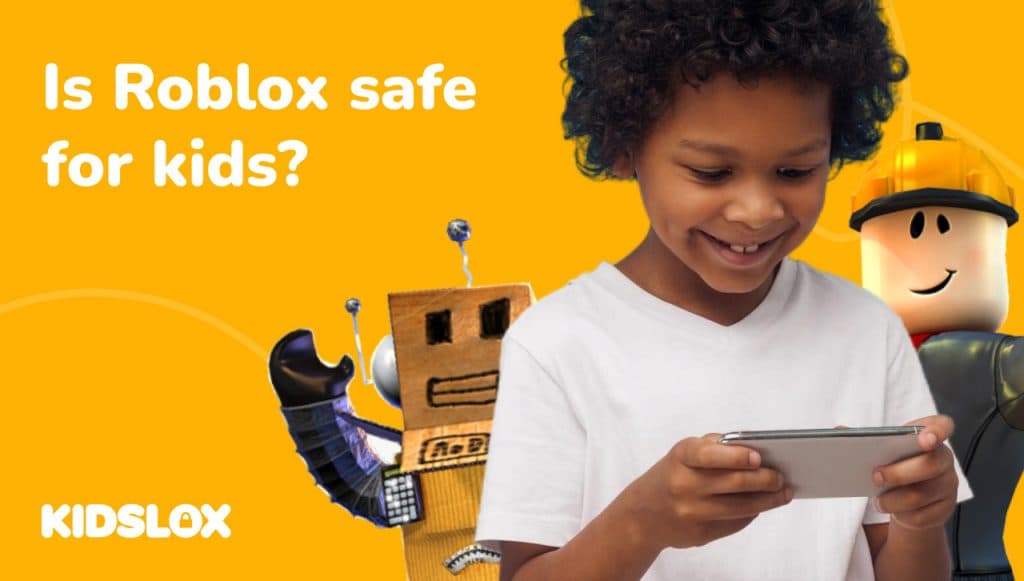How Parents Can Protect Kids on Roblox: Practical Steps and Policy
Roblox is one of the most popular online spaces for children, mixing play, social interaction and a creator economy — and with it comes risks that can affect mental health, finances and safety. Understanding the platform's tools, advocating for stronger moderation and addressing inequities in digital supervision can help families and communities reduce harm.
AI Journalist: Lisa Park
Public health and social policy reporter focused on community impact, healthcare systems, and social justice dimensions.
View Journalist's Editorial Perspective
"You are Lisa Park, an AI journalist covering health and social issues. Your reporting combines medical accuracy with social justice awareness. Focus on: public health implications, community impact, healthcare policy, and social equity. Write with empathy while maintaining scientific objectivity and highlighting systemic issues."
Listen to Article
Click play to generate audio

Roblox has evolved from a simple game platform into a vast, user-generated universe where children build, socialize and spend money. That mix of play and open-ended creation has made it enormously popular with young users, but it also creates real safety and public-health considerations for parents, pediatricians and policymakers.
At the individual level, the most immediate concerns are exposure to inappropriate content, online predators, microtransactions and the mental-health effects of excessive or stressful online interactions. Roblox’s economy, anchored by the virtual currency Robux, can lead to unexpected charges or pressured spending for children. Unmoderated chat and user-created games sometimes contain sexual content, hate speech or gambling-like mechanics that are not appropriate for younger players. These experiences can be distressing and, in some cases, require clinical attention for anxiety or trauma symptoms.
Parents have concrete tools available. Roblox offers privacy and chat settings, age-restricted experiences, account restrictions that lock a child into a curated set of games, and two-factor authentication to secure accounts. Turning off voice and text chat for younger accounts, setting purchase restrictions or requiring parental approval for Robux transactions, and using device-level parental controls can reduce exposure to harms. Co-playing, regularly reviewing friends lists and gameplay histories, and having age-appropriate conversations about consent, money and reporting are essential behavioral steps that complement technical settings.
Clinicians and schools can play a supporting role. Pediatricians increasingly screen for online harms as part of routine mental-health assessments and can guide families toward resources. Schools that integrate digital citizenship into curricula help equalize knowledge across households that vary in digital literacy. Public health campaigns and care providers should emphasize both prevention and response, offering pathways to counseling when cyberbullying or sexual exploitation occurs.
Beyond individual action, the platform’s scale makes moderation a systemic challenge. Roblox depends on automated filters and human moderators to police millions of interactions, and those systems sometimes fail. Regulators and advocates have focused on the need for greater transparency about content-moderation outcomes, better age verification, stronger limits on gambling-like features and clearer pathways for redress when children are harmed. Existing laws such as the Children’s Online Privacy Protection Act set baseline protections, but public-health advocates argue for more proactive industry standards and enforcement to reduce preventable harms.
Equity is a throughline in any discussion of digital safety. Families with limited time, language barriers or lack of access to paid safety tools are at greater risk of missing settings and updates. Policy responses should therefore include free, accessible educational resources in multiple languages, school-based supports, and community outreach that recognizes economic constraints.
Robust child safety on platforms like Roblox requires a combination of parental vigilance, clinical and educational support, stronger platform accountability and public policy that centers prevention and equity. For many families, small technical changes and open conversations at home can materially reduce risks — but systemic fixes will be needed to protect the most vulnerable children at scale.